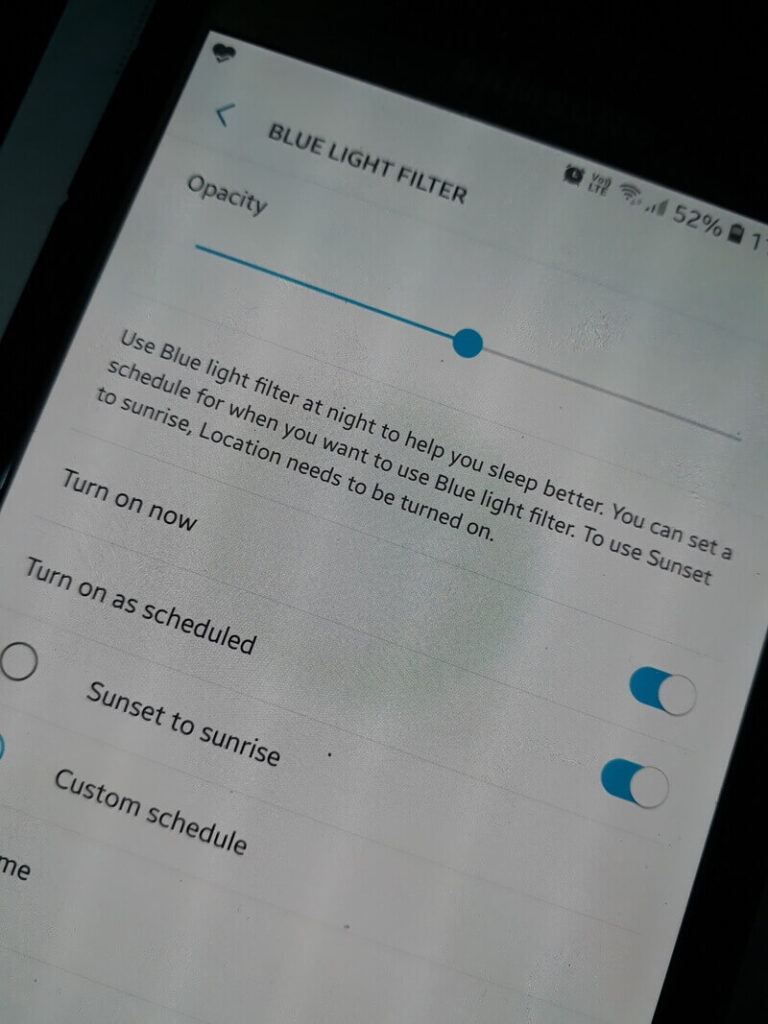Dark Mode is everywhere now! On every modern device, the dark mode has become a mandatory feature. But did you thought why is every tech industry pushing dark mode on their devices and operating systems? Well, the reason is obvious, end-users feel comfortable using dark mode at night. At this point, we also need to look into another mode that is designed for the same purpose - it's the light mode with a blue light filter. Dark Mode or Light Mode with blue light filter - which is better for your health? Let us see in detail.
Do Type of Display Matter?
Dark Mode or Light Mode - whatever be the mode, it is always better on an LED screen. However, such screens impact our health comparatively less than LCD or previous generation display units. Display technology has come far since a couple of decades. Inventing a thinner display technology has become history, today researchers have implemented foldable display technologies. Thinner displays today utilize less power emitting less light and hence protecting our eyes better.
Blue Light Filter & Circadian Rhythm
When Apple introduced iOS 9, it came with Night Shift mode which is the same as Blue Light Filter. This should technically reduce the emission of blue light from the screen. The basic idea is, the blue light emitted from your device's screen can affect your sleep thereby affecting the Circadian Rhythm of your body - a natural phenomenon in your body that is responsible for the sleep-wake cycle which is usually about 24 hours. 
Is Blue Light Filter Effective?
Several studies have actually proven that a blue light filter still affects the Circadian Rhythm. Melatonin is a hormone that gets secreted during the night when you are asleep. When a group of people were given devices with a blue light filter and while another group of people were given devices without a blue light filter, researchers have found that there was no "significant" difference in the secretion of Melatonin. Researchers have thus concluded that irrespective of the blue light filter, it is always recommended to reduce the brightness of the screen, no matter you filter out the blue light or not.
Dark Mode
While the blue light filter trend is now history, today people go either for dark mode or light mode. Some devices also provide automatic switching of dark mode at night. The dark mode is much better at night for a comfortable vision, especially on modern display units. A perfect dark mode will have black RGB (0,0,0) as its background which emits very little light. Only the text that appears as a foreground appear white or a mix of black and white that will overall reduce the emission.
Conclusion: Dark Mode or Light Mode with Blue Light Filter?
Whichever emits less light wins the battle! Reduced brightness is always better for your health but it shouldn't be a way too little where you'll need to strain your eyes to read the text on your screen. An optimal brightness that makes your eyes comfortable should be your priority. By comparison, dark mode obviously emits less light to your eyes, hence the winner is Dark Mode on a modern LED screen.
